Hyperlexia: TEACHING READING TO CHILDREN WITH AUTISM
The ability to read is an essential skill that spans a child’s school-age years and beyond. Reading provides personal enjoyment, access to information, and opens doors to opportunities throughout life, both recreational and occupational. Because the ability to read and comprehend is closely linked to an individual’s language abilities and social understanding and social skills, children with autism often struggle with the process of reading. (Excerpt from How Do I Teach this Kid to Read by Kimberley Henry, page viii)
Teaching children to learn to read with an ASD can be very different to teaching other children. There are a few additional challenges to teaching reading to a hyperlexic child on the autism spectrum for parents and teachers. This may include:
- They have an interest in letters and sounds but can’t decode them, and put them back together as words e.g. sound out c-a-t but don’t then say ‘cat’.
- Difficulty predicting text. I heard a divine story where a mother asked her son when reading “What will happen next?” he said “YOU will turn the page!” Priceless!
- Motivating and engaging children in reading and language skills. Many children with an ASD need specific resources to support reading. (See great new book below).
Fabulous Resource to Teach Reading to Kids with Hyperlexia
There is also a fantastic book full of great ideas, worksheets, and activities called How Do I Teach This Kid To Read: Teaching Literacy Skills to Young Children with Autism and Hyperlexia, from Phonics to Fluency by Kimberley Henry.
This book presents simple instructional strategies that can be used to help develop early literacy skills in young children with ASD and hyperlexia. Award-winning author Kimberly Henry provides dozens of fine-tuned, easily adaptable activities. Included are units on phonemic awareness, vocabulary, comprehension, and fluency. The author also lists numerous other resources you can use to supplement the lessons or as part of a treatment plan to help them read early.
Best of all, this book comes with a FREE CD of printable, visual tools, such as: ABC Books, Text-Picture Matches, Songs, Chants, and Poems, Word Webs, Visual Organizers, Sentence Builders, Graphics for Games, and many more!
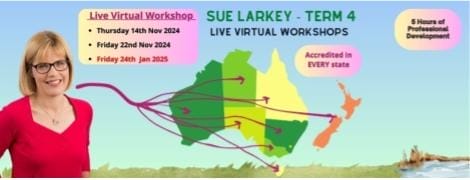
9 Handy Hints from the book ‘How Do I Teach This Kid To Read’

To make your own sturdy professional looking books or even blank board books go to www.barebooks.com

Cover Prediction Strategy: Teach children to predict what the book is about by looking at the front cover including title and pictures

Use Question Sticks to help children understand ‘Who, What, Where, When, Wy, Which One’ questions. These are pop sticks with the visual attached. (Visual provided on the free CD with the book or you can use Pics for PECS or boardmaker)

Feelings are an important part of reading an comprehension, use picture cues to help children understand the emotions they are reading.

Adapt books to meet your individual child’s vocabulary and abilities

Create a ‘Book Box’ with props that provide concrete representations of the events in the book

Select a variety of text: fiction, poetry, nonfiction, songs

Create a personalised book about your child. Children love to be the centre of attention

ABC Action Chart is a multi-sensory learning strategy to teach A-Z. Great idea and all the resources are on the CD – just print it out and you are set
Buy This Fabulous Resource Now
Signs of hyperlexia
Many children with an ASD have hyperlexia, which is the ability to read and de-code text however their understanding or comprehension of the text does not match their reading skills.
Children with hyperlexia may recite the alphabet as early as 18 months, and have the ability to read words by age two and sentences by age three. Many are overly fascinated with books, letters, and numbers. They can read but the issue is their comprehension does not match their reading skills. When you ask them questions about the text they probably will just recite the text word for word. They particularly have difficulty with questions like Who, What, Where, Why and How. I have found it helpful to test their comprehension with instructions rather than questions, for example can they comprehend and follow the written instruction for “Get a blue pencil, give it to Tom.”
A key element to teaching reading and written language is to immerse children in communication enriched environments which will aide literacy and reading. For more ideas on developing communication enriched environments and teaching literacy skills see Practical Communication Programmes by Jo Adkins and Sue Larkey.
Resources to Teach Reading
-
Practical Communication Programmes
$44.95 -
Visual Learning
$39.95 -
Autism and Reading Comprehension
$59.95 -
Helping Students with Autism Spectrum Disorder Express Their Thoughts and Knowledge in Writing
$54.95 -
Literacy for Visual Learners: Teaching Children with Learning Differences to Read, Write, Communicate and Create
$81.95
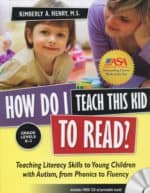
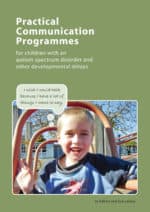
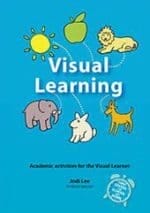
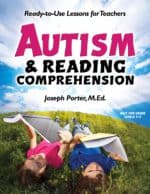
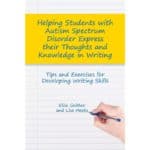
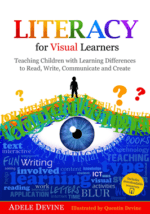


 Sorry we no longer ship items outside Australia. Please consider the digital versions of Sue’s Books –
Sorry we no longer ship items outside Australia. Please consider the digital versions of Sue’s Books – 